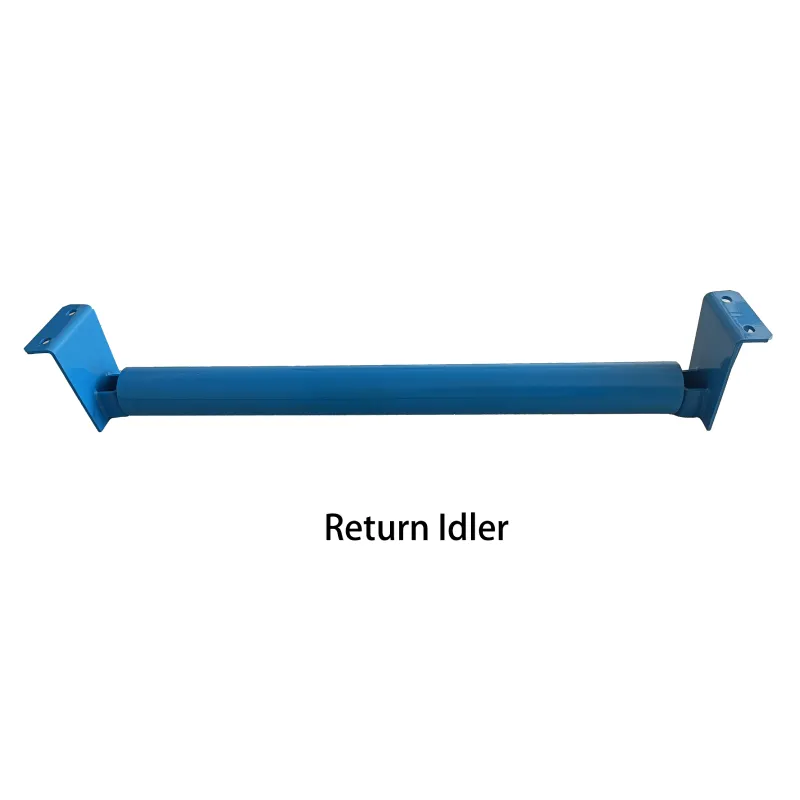 Afrikaans
Afrikaans  Albanian
Albanian  Amharic
Amharic  Arabic
Arabic  Armenian
Armenian  Azerbaijani
Azerbaijani  Basque
Basque  Belarusian
Belarusian  Bengali
Bengali  Bosnian
Bosnian  Bulgarian
Bulgarian  Catalan
Catalan  Cebuano
Cebuano  Corsican
Corsican  Croatian
Croatian  Czech
Czech  Danish
Danish  Dutch
Dutch  English
English  Esperanto
Esperanto  Estonian
Estonian  Finnish
Finnish  French
French  Frisian
Frisian  Galician
Galician  Georgian
Georgian  German
German  Greek
Greek  Gujarati
Gujarati  Haitian Creole
Haitian Creole  hausa
hausa  hawaiian
hawaiian  Hebrew
Hebrew  Hindi
Hindi  Miao
Miao  Hungarian
Hungarian  Icelandic
Icelandic  igbo
igbo  Indonesian
Indonesian  irish
irish  Italian
Italian  Japanese
Japanese  Javanese
Javanese  Kannada
Kannada  kazakh
kazakh  Khmer
Khmer  Rwandese
Rwandese  Korean
Korean  Kurdish
Kurdish  Kyrgyz
Kyrgyz  Lao
Lao  Latin
Latin  Latvian
Latvian  Lithuanian
Lithuanian  Luxembourgish
Luxembourgish  Macedonian
Macedonian  Malgashi
Malgashi  Malay
Malay  Malayalam
Malayalam  Maltese
Maltese  Maori
Maori  Marathi
Marathi  Mongolian
Mongolian  Myanmar
Myanmar  Nepali
Nepali  Norwegian
Norwegian  Norwegian
Norwegian  Occitan
Occitan  Pashto
Pashto  Persian
Persian  Polish
Polish  Portuguese
Portuguese  Punjabi
Punjabi  Romanian
Romanian  Russian
Russian  Samoan
Samoan  Scottish Gaelic
Scottish Gaelic  Serbian
Serbian  Sesotho
Sesotho  Shona
Shona  Sindhi
Sindhi  Sinhala
Sinhala  Slovak
Slovak  Slovenian
Slovenian  Somali
Somali  Spanish
Spanish  Sundanese
Sundanese  Swahili
Swahili  Swedish
Swedish  Tagalog
Tagalog  Tajik
Tajik  Tamil
Tamil  Tatar
Tatar  Telugu
Telugu  Thai
Thai  Turkish
Turkish  Turkmen
Turkmen  Ukrainian
Ukrainian  Urdu
Urdu  Uighur
Uighur  Uzbek
Uzbek  Vietnamese
Vietnamese  Welsh
Welsh  Bantu
Bantu  Yiddish
Yiddish  Yoruba
Yoruba  Zulu
Zulu different types of conveyor rollers
Different Types of Conveyor Rollers
Conveyor rollers play a crucial role in various industries, serving as a vital component of conveyor systems that facilitate the movement of materials. These rollers come in various types, each designed for specific applications and environments. Understanding the different types of conveyor rollers can help businesses choose the right system for their operational needs.
1. Gravity Rollers
Gravity rollers are one of the simplest types of conveyor rollers. They rely on gravity to move items along a sloped surface. These rollers are typically placed at an angle, allowing products to roll down with minimal effort. Gravity rollers are cost-effective and require little maintenance, making them an ideal choice for manual sorting and accumulation systems. They are widely used in warehousing, distribution centers, and shipping applications.
2. Powered Rollers
Unlike gravity rollers, powered rollers are driven by an external source, usually an electric motor. This type includes powered roller conveyors, such as belt-driven rollers and chain-driven rollers. Powered rollers can efficiently transport heavier loads over longer distances and are suitable for automated systems where controlled movement is essential. They are commonly used in manufacturing lines, assembly operations, and packaging.
Heavy-duty conveyor rollers are specifically designed to handle significantly larger and heavier loads. They are constructed from robust materials, including high-grade steel or heavy-duty plastic, to withstand the strain of transporting oversized materials. Heavy-duty rollers are commonly found in industrial applications, such as mining, construction, and material handling in manufacturing processes.
different types of conveyor rollers

4. Lightweight Rollers
In contrast to heavy-duty rollers, lightweight rollers are designed for lighter loads and are typically made from materials like aluminum or lightweight plastic. They are often used in applications where portability and flexibility are essential. Lightweight rollers are effective for small-scale operations, assembly lines, and retail environments.
5. Specialty Rollers
There are also specialty rollers designed for unique applications. For instance, spiral rollers are used in vertical conveyor systems, allowing items to move upward or downward in a circular motion. Hygienic rollers are crafted from stainless steel or other non-corrosive materials to meet health and safety regulations, making them ideal for food processing and pharmaceutical industries. Additionally, anti-static rollers are essential in electronics manufacturing to prevent static electricity from damaging sensitive components.
6. Roller Materials and Coatings
The materials used for making conveyor rollers can significantly impact their performance. Common materials include steel, aluminum, and plastic. Additionally, rollers often have different surface coatings, such as rubber or polyurethane, to provide better grip and prevent slippage. These features allow businesses to tailor their conveyor systems according to the specific needs of their operations.
Conclusion
In conclusion, choosing the right type of conveyor roller is essential for optimizing efficiency and productivity in various industrial applications. From gravity rollers to heavy-duty options, each type has its unique advantages and ideal use cases. By understanding the different types of conveyor rollers available, businesses can make informed decisions that enhance their material handling processes and contribute to overall operational success. As technology advances, the development of new roller designs continues to improve the functionality and efficiency of conveyor systems across diverse industries.
-
Revolutionizing Conveyor Reliability with Advanced Rubber Lagging PulleysNewsJul.22,2025
-
Powering Precision and Durability with Expert Manufacturers of Conveyor ComponentsNewsJul.22,2025
-
Optimizing Conveyor Systems with Advanced Conveyor AccessoriesNewsJul.22,2025
-
Maximize Conveyor Efficiency with Quality Conveyor Idler PulleysNewsJul.22,2025
-
Future-Proof Your Conveyor System with High-Performance Polyurethane RollerNewsJul.22,2025
-
Driving Efficiency Forward with Quality Idlers and RollersNewsJul.22,2025





























